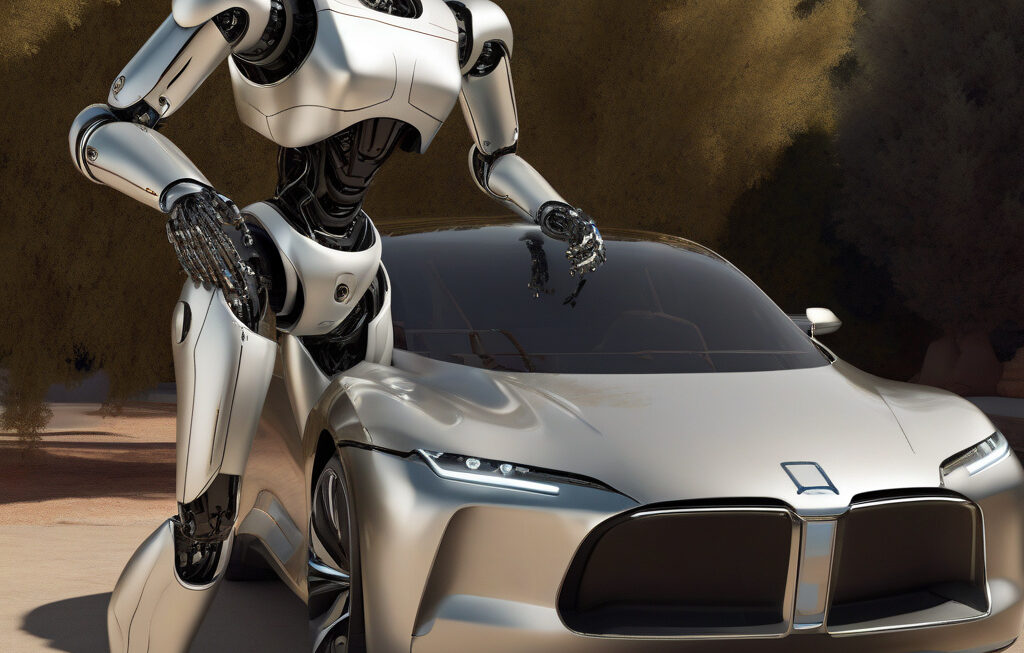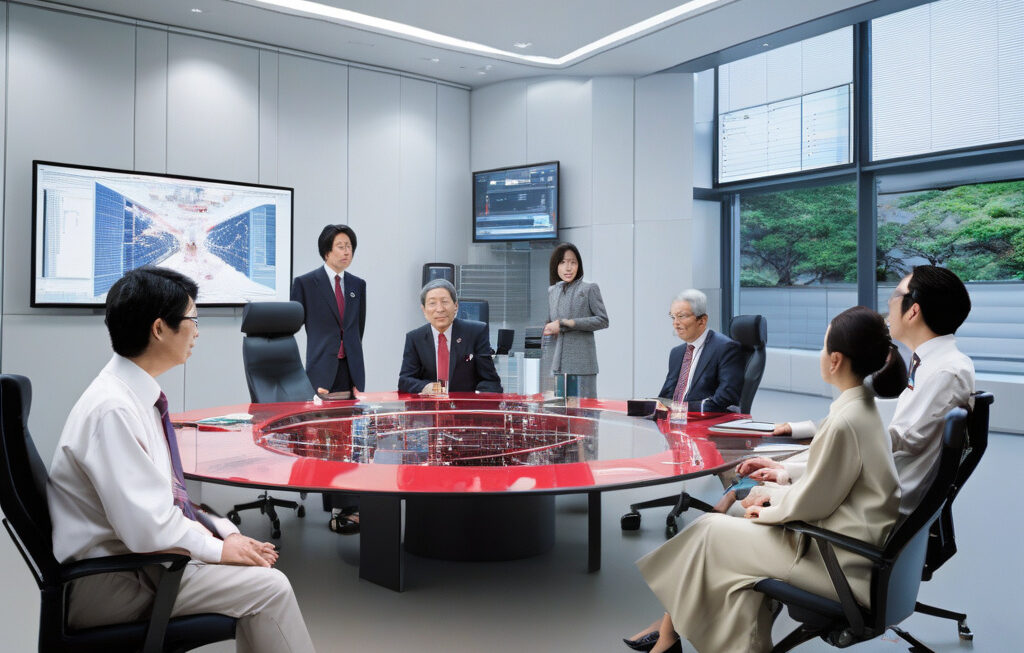Humanoid Robots Transitioning from Labs to Production Lines
For decades, humanoid robots lived in science fiction and in high-tech labs. That’s changing. Engineers and innovators have been pushing the boundaries of robotics technology, making significant strides in integrating humanoid robots into real-world industrial settings like production lines in factories and warehouses. This shift marks a pivotal moment in the evolution of automation, with the potential to revolutionize the way we approach manufacturing and logistics.
One of the key driving forces behind this transition is the increasing demand for efficiency, precision, and flexibility in industrial operations. Humanoid robots, with their human-like dexterity and intelligence, offer a promising solution to meet these evolving needs. Unlike traditional robotic arms or machines, humanoid robots are designed to mimic human movements and interactions, allowing them to perform a wide range of tasks with agility and accuracy.
Take, for example, the automotive industry, where precision and speed are critical in assembly processes. Humanoid robots can be programmed to handle delicate tasks such as picking and placing small components, tightening screws, or inspecting quality, all with the finesse and speed of a human worker. By integrating humanoid robots into production lines, manufacturers can improve efficiency, reduce errors, and ultimately enhance the overall quality of their products.
Furthermore, warehouses and distribution centers are also benefiting from the adoption of humanoid robots. With the exponential growth of e-commerce and the need for faster order fulfillment, companies are turning to automation to streamline their operations. Humanoid robots equipped with advanced sensors and artificial intelligence can navigate complex warehouse environments, locate and pick items with precision, and even collaborate with human workers to optimize workflow.
One notable example of humanoid robots making waves in the industry is Boston Dynamics’ Atlas robot. Atlas, with its bipedal design and advanced capabilities, has demonstrated the potential to handle tasks in dynamic and unstructured environments. From stacking boxes to performing maintenance tasks, Atlas showcases the versatility and adaptability of humanoid robots in real-world scenarios.
Despite the remarkable progress in humanoid robotics, challenges remain, particularly in terms of cost, safety, and scalability. Building and deploying humanoid robots can be a significant investment for companies, requiring not only financial resources but also expertise in programming and maintenance. Ensuring the safety of human workers working alongside robots is another crucial aspect that manufacturers need to address through robust risk assessment and safety protocols.
In conclusion, the transition of humanoid robots from labs to production lines in factories and warehouses represents a significant milestone in the evolution of automation. As technology continues to advance and companies increasingly recognize the value of integrating humanoid robots into their operations, we can expect to see a paradigm shift in the way we perceive and utilize robotics in the industrial landscape. By harnessing the power of humanoid robots, businesses can drive innovation, improve productivity, and stay competitive in an ever-evolving market.
automation, robotics, manufacturing, efficiency, industrialrevolution












